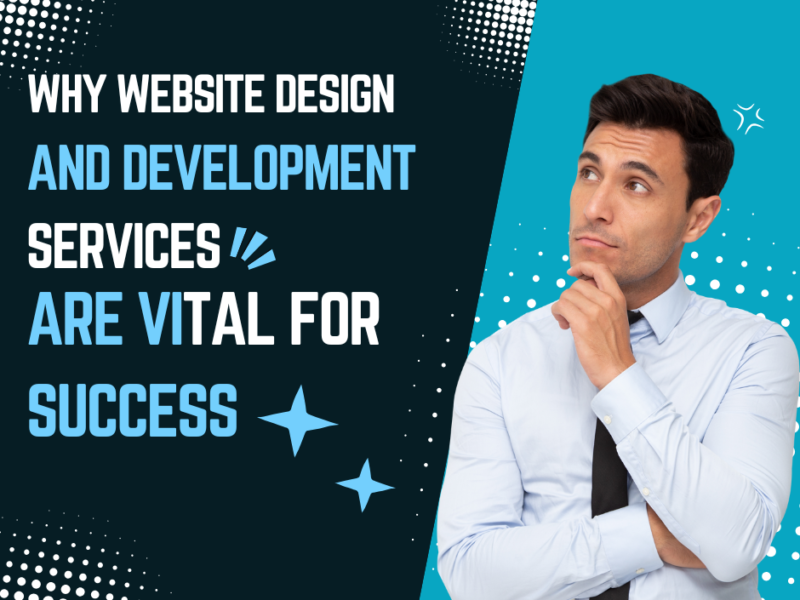
Days
Hours
Minutes
Seconds
Your Deal is Expired
|
|

Edit Content

As a leading online marketing company, always focuses on changing and improving businesses and their outcome.
Where to find us
- SN-3, First floor, ratauli road, near Town park, Bank Colony
- herry@hanuitsolutions.com
- +917082069620
Working Hours
- Mon-Sat : 9:00am - 6:00pm
- Sunday - Closed
Get In Touch
Facebook-square
Instagram
Linkedin

Spotlight on the Best Website Designers in the Industry
In the digital-first world we live in, a well-designed...

Why Website Design and Development Services Are Vital for Success
In today’s digital age, website...

Top Tips for Finding a Web Design Agency Near Me
Finding the right web design agency is crucial for creating...

Website Management Services: Do You Need Them?
Running a website isn’t a one-and-done task. It’s an ongoing...

Exploring Top Website Companies for Your Business Website Needs
having a professional and functional...

Finding the Right Web Development Company to Bring Your Vision to Life
In the digital age, your website...

Website Development Company Essentials: What You Need to Know
In an era dominated by digital interactions,...

Website Building Company vs. DIY: Which is Best for Your Business?
website building is a critical component...
No posts found

